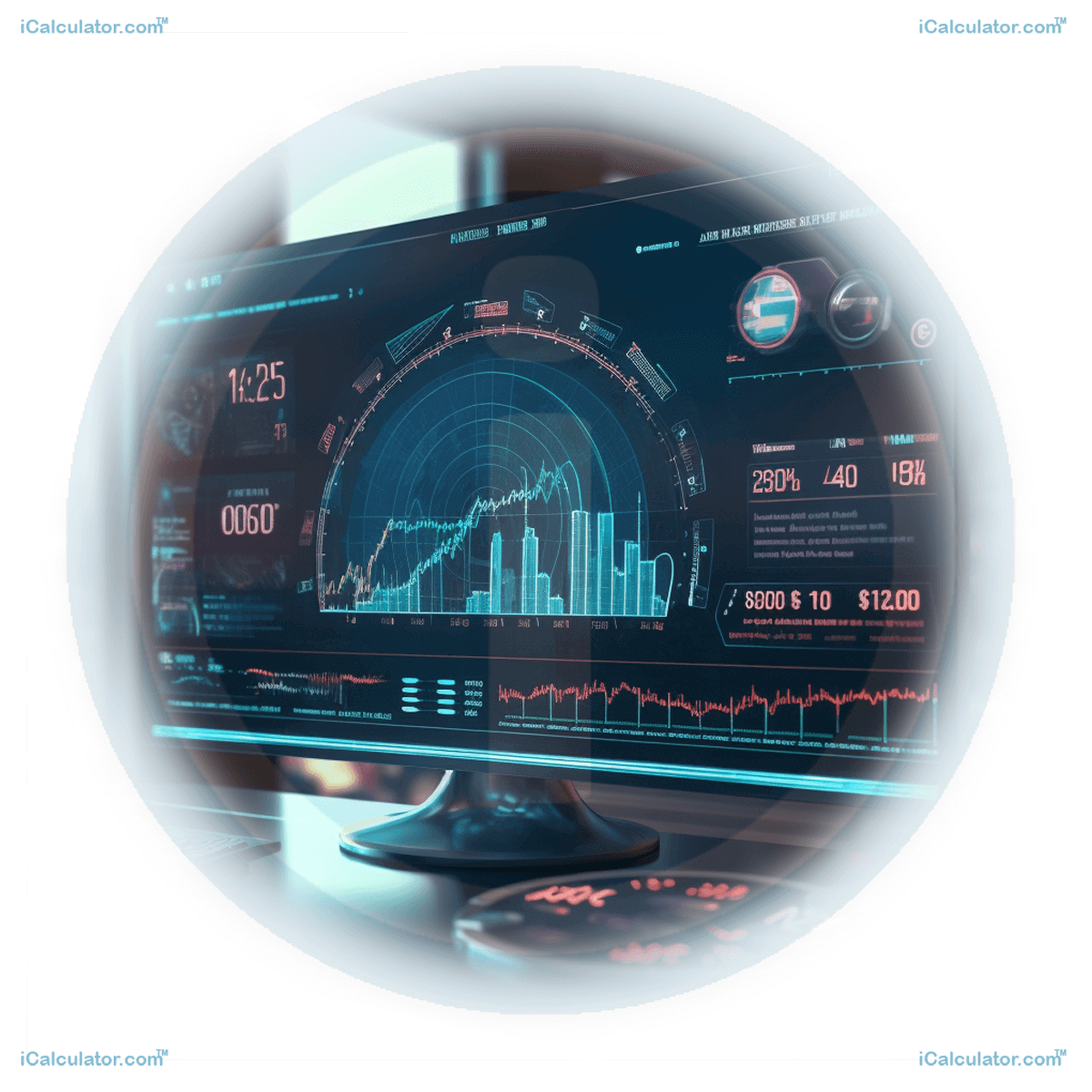Menu
Straight Line Depreciation Calculator
Straight line depreciation is where an asset loses value equally over a period of time. For example if an asset is worth 10,000 and it depreciates to 1,000 over 5 years, the yearly depreciation is 1,800. (10,000 less 1000 = 9000 divided by 5 years = 1800).
The calculator below shows the depreciation values if either the depreciation period or value is entered. There is an option to add the results to a table for comparision.(the table appears the first time you click the button).
Please provide a rating, it takes seconds and helps us to keep this resource free for all to use
Straight line depreciation method: The most commonly used way of computing depreciation

Did you know that the assets you own, lose their value while they are being used? They do, and you can use the straight-line depreciation method to measure this indirect expense. This method is considered the simplest method and is most commonly used throughout the accounting world.
In this method the production or initial costs of an asset are evenly spread during the course of its useful life span. This value is then divided by the number of years it is expected to be used and the value obtained is further subtracted from the second year on. First useful year begins from the month the asset was purchased.
Though depreciation is widely used for accounting purposes, in the UK it is worth noting that during tax filing it is ignored by HMRC. Using depreciation is not permitted by HMRC.
About the straight-line depreciation calculator
The straight-line depreciation calculator is the simplest way made even simpler for its users. Depreciation calculations done by this method is done using two different ways on the calculator:
Formula for straight line depreciation expense is stated below:
Factors used in this formula can be defined as:
- Cost of asset: It refers to actual that was paid at the time of purchasing the asset.
- Salvage value: This is the expected value at the end of the depreciation period of the asset in question.
- Useful life of an asset: It defines the number of years the asset is likely to remain in use, in other words, life expectancy of an asset.
Additionally, the straight line depreciation rate (or period) can also be calculated using the following formula:
Let's assume, a company purchases a machine for £4500 and it has been used for the entire first year of its useful life. The estimated salvage value of the machine is £1000 with useful life of 5 years. Annual straight line depreciation of the asset will be calculated as follows:
Here, £700 is an annual depreciation expense.
Benefits of using a calculator
Let's learn how the straight-line depreciation method calculator can benefit you.
- Easy to use: It is the most sophisticated yet easy to use calculator. With just a few clicks you can calculate the depreciation of your assets.
- Time saving: Since the calculator is simple and easy to use, it saves you plenty of time.
- The calculator provides you with accurate results so it's helpful in accounting of your company's finances.
- The results help you in making important future decisions.
Factors that impact depreciation
Let's take a look at the factors that can have a huge impact on the depreciation of any asset.
- Fixed assets: A fixed asset is bought by a business, generally as fundamental infrastructure. Fixed assets are normally used for more than a year. For example, an accounting firm will buy, computer systems, furniture, vehicles and office premises, these are fixed assets.
- Cost of assets: Cost of asset is a major factor that impacts straight line depreciation calculation.
- Date of purchase: Exact date of purchase is important for calculating depreciation expense as it will define the starting point and 1 year of useful life.
- Depreciation basis: This value is obtained by subtracting salvage value from the initial cost of an asset. This value is used in obtaining both depreciation expense and period in straight line depreciation calculation method.
Advantages & Drawbacks of straight-line method
There are many benefits of using straight line calculation method, but at the same time there are some drawbacks of using this method.
This method is useful because it is simple and can be applied on many kinds of long-term assets. However, this method does not show accurate difference in the usage of an asset and could be inappropriate for some depreciable assets. We can take some hi-tech appliances like computers/ laptops as an example. The depreciation expense in this kind of asset is not likely to be similar throughout its useful life as new technologies keep on changing.
Straight line depreciation is simple hence there is a low probability of error. However, this method uses assumed (guesswork) factors which is a major drawback in any calculation. Also, this method does not factor the accelerated loss of an asset's value. So, it is not useful in the short term.
Depreciation calculation methods like Percentage (Declining balance) are more useful as accelerated measures of depreciation, learn more about it here.
Finance Calculators
You may also find the following Finance calculators useful.
- Car Loan Calculator
- Credit Card Debt Payoff Calculator
- Debt To Equity Calculator
- Weighted Average Cost Of Capital Calculator
- Invoice Calculator
- Household Budget Calculator
- Employee Revenue Calculator
- Forex Margin Calculator
- Tip Calc
- Death Benefit Provident Fund Calculator
- Discount Tire Calculator
- Rental Property Calculator
- Earnings Per Share Calculator
- Small Business Rate Relief Calculator
- Profitability Calculator
- Credit Card Repayment Calculator
- Simple Interest Plus Capital Calculator
- Effective Annual Rate Calculator
- Cagr Calculator
- Ratio Calculator Money And Shares